Sound performance
[responsivevoice_button]
For the purpose of this review, I used the Shanling ME700 and FiiO FA9 for IEM testing and the Sennheiser HD800S for headphone comparison. All files were streamed from Qobuz in Hi-Res, when available, Spotify and my own catalog.
Overall signature
Good news, the iBasso DX160 isn’t just a pretty face, it sounds good too.
If the DX150 sounded more relaxed, with that mellow vibe in the mids, the DX160 is more linear in its approach. That said, like its older sibling, if the sound signature is flat, the DX220 remains the king of neutrality, in iBasso’s catalog.
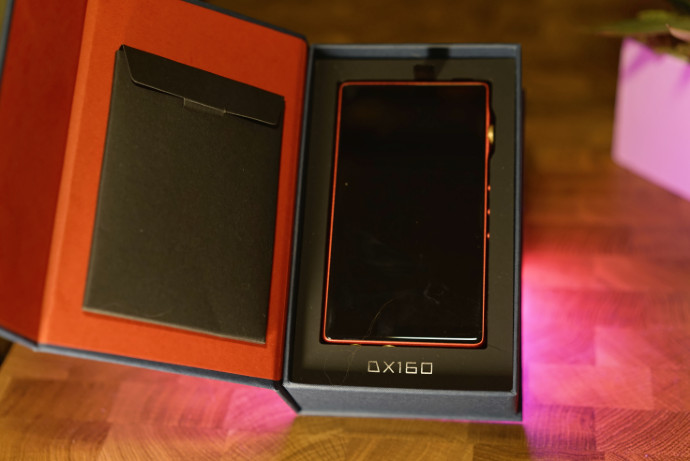
Head-to-head against its predecessor, the iBasso DX160 sounds more like an evolution than a revolution. Sure, that might sound reductive, but if you remember how good the DX150 sounded, even with the basic amp, you realize that iBasso only had to make some tweak to access the upper tier of awesomeness.
If the DX220 remains more resolving, the DX160 feels closer to him than the DX150. It pushes further with a fuller, wider, and deeper sound, with more extension, clarity, and musicality.
Dynamic is superb, even more, if you use the 4.4mm output, and with the right headphone, you really feel surrounded by the sound. Paired with the FiiO FA9, the voices were natural, poised, well-controlled. It’s not as mid-centric as FiiO’s players, nor as lively as Shanling, but on the other hand, it feels much more natural.
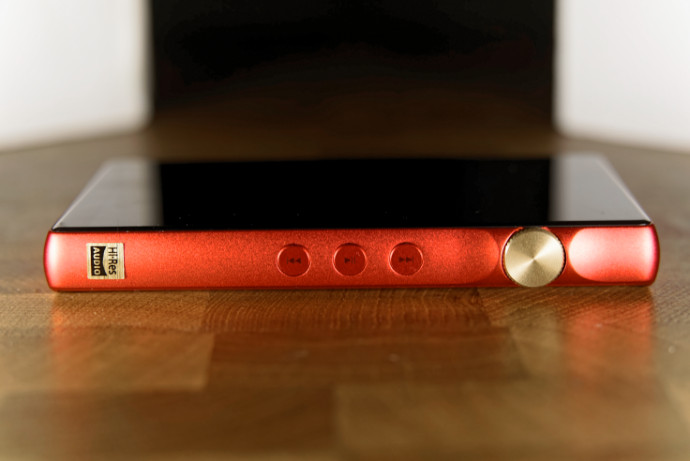
If you can’t change the amp anymore, the default circuit remains a solid choice in my opinion. Even when paired with the xDuoo TA-30, through the player’s line-out, I felt that iBasso’s own circuit was able to output more details than the stock AMP1, bundled with the DX150.
And since we address the subject, let’s talk about power.
Power and noise
On my Sennheiser HD800S, the player didn’t fall to his knee, managing to deliver powerful kicks and solid lows. Sure, turning on the high-gain knob helps a lot, but even before that, I could already feel how strong the player was.
Unlike Shanling, there is no mid-level gain. Thankfully, the two levels are well-designed and unless you really need maximum power, you’ll always use the low-gain setting. And, if you use the balanced output, the high-gain option will be even less relevant on daily use.
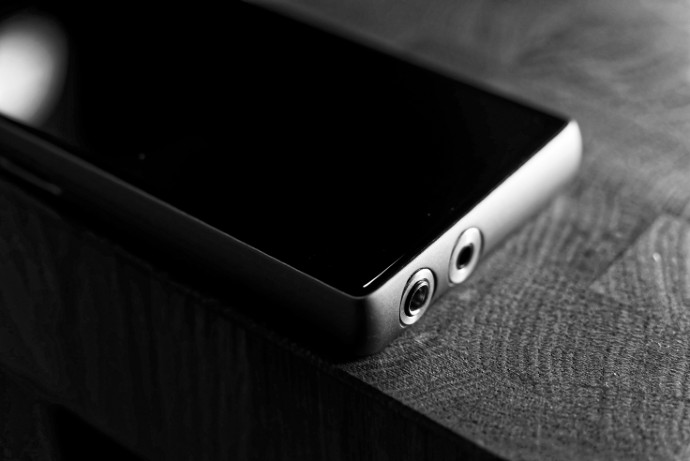
Unfortunately, even if iBasso claims that its DX160 offers one of the lowest noise-floor in this range, I still encountered some hiss with my Onkyo IE-C3. This never happened in plane-mode and if you only use Mango Player, the auto-mute function seems to keep noise at bay.
On Spotify, Qobuz and Tidal, I was unpleasantly welcomed by a discreet, but audible, hiss. Surely caused by an issue with the EMI, as I got the same issue in Balanced mode too. That say, on the majority of headphones/earphones, this hiss will remain unheard, even more, if music is playing. I’m just a bit perplex, and would really like to get a perfectly silent DAP, other than the DX220, from the brand.
Tonality
Highs: sharp and neutral. As usual, the highs are well-balanced but may sound a bit shy compared to Shanling and Astell. I definitely prefer this kind of signature, as you keep the same readability, without the tiredness. If you really want to push the highs, check out the full-featured Equalizer.
Good test track : Through and through – Leaving Laurel
Mids: flat and linear. Wide soundstage and clean voices, a delightful cocktail for your ears. In my opinion, this is the DX160 forte with its airy presentation and super-wide soundstage. Even through the single-ended port, the player managed to convince me.
Good test track: Obama – Dombrance
Lows: deep and solid. The DX160 achieved was able to reach deep notes and sub rumble, with ease. The solid amp section, combined with the new Cirrus-logic DACs gives the listener a great experience, with full, impressive, bass. Paired with my Audeze LCD-X, the result was astounding.
Good test track : Marketing Director – Fingerspit
Conclusion
Let’s make it short: the iBasso DX160 is a real success. The brand finally achieved a mid-range player that sound as good as it looks. And, it’s pretty affordable too.
At 399$, the DX160 is definitely a no-brainer, packing excellent sound performances, great versatility in a, surprisingly, neat case. The only drawback being, once again, the noise level when wifi/bluetooth is enabled. Too bad as I think that’s the only real issue with this player.
Yes, there are better players like the FiiO M11 Pro or Shanling M6 Pro, but those players are almost twice as expensive. And so, the DX160 goes directly to my recommendation list. Definitely worth it, kudos iBasso.






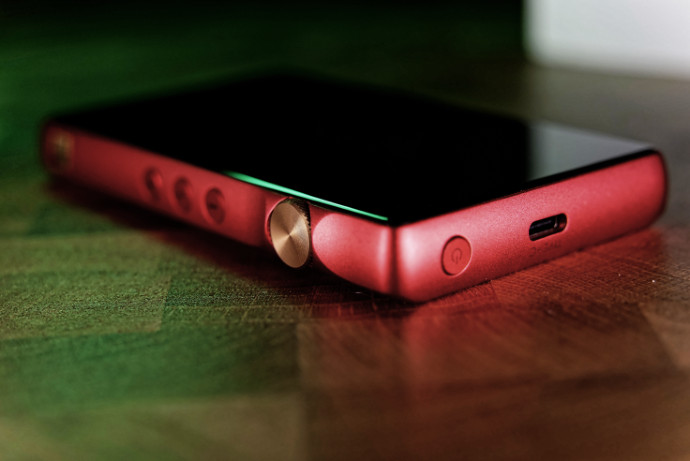
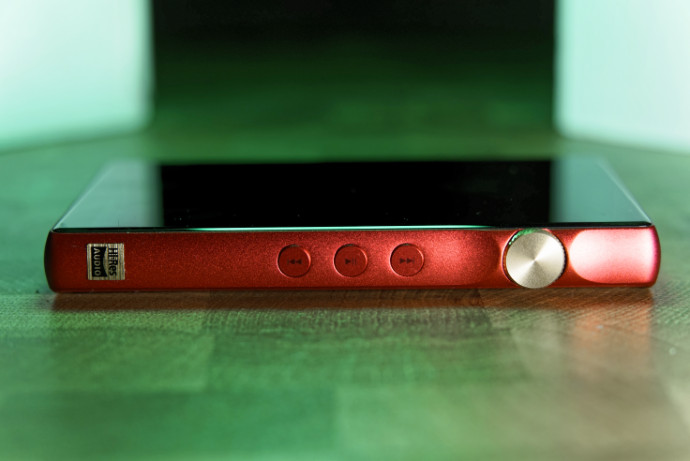
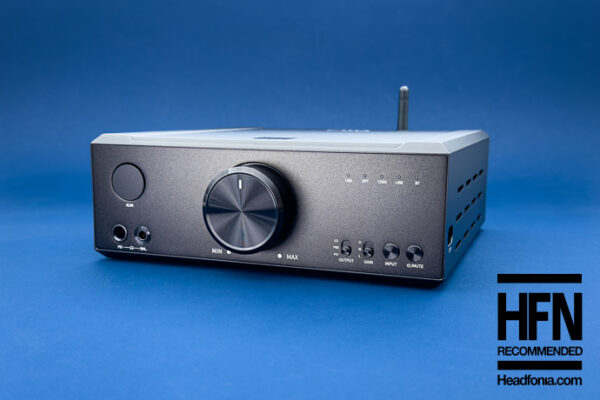
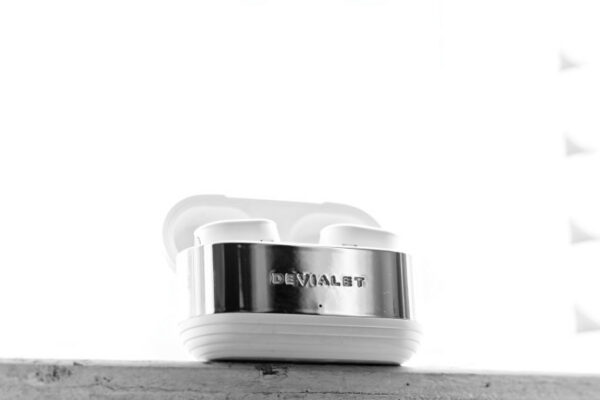
seanwee
Any detailed comparison with the Shanling M6?
Nupy
How does it compare to Lotoo PAW s1 (not same category I know)
Andrea
Possibly the worst review I read on headfonia. Only page 5 is worth reading and qualifies for a review but misses comparisons. Headfonics did a much better job in reviewing this unit, sorry guys.
Also no mention of the world-known wireless problems plaguing this device and seemingly never addressed. It would have been good to know if you also experienced them.In this area Headfonics did no better, in fairness.
ostalon
In dx160 usb c is not working as a source when paired with a DAC like topping Dx7s . Please reply.